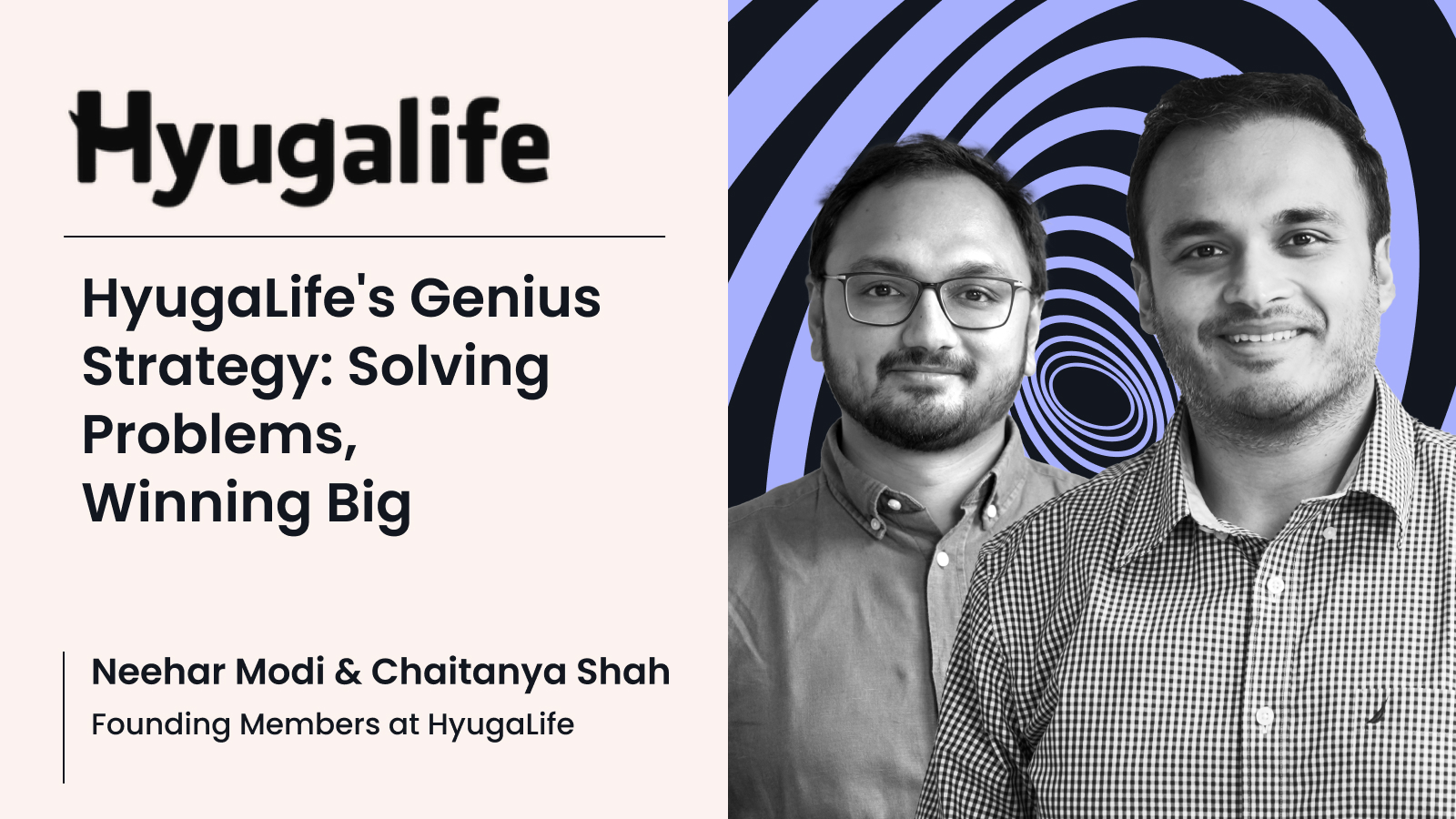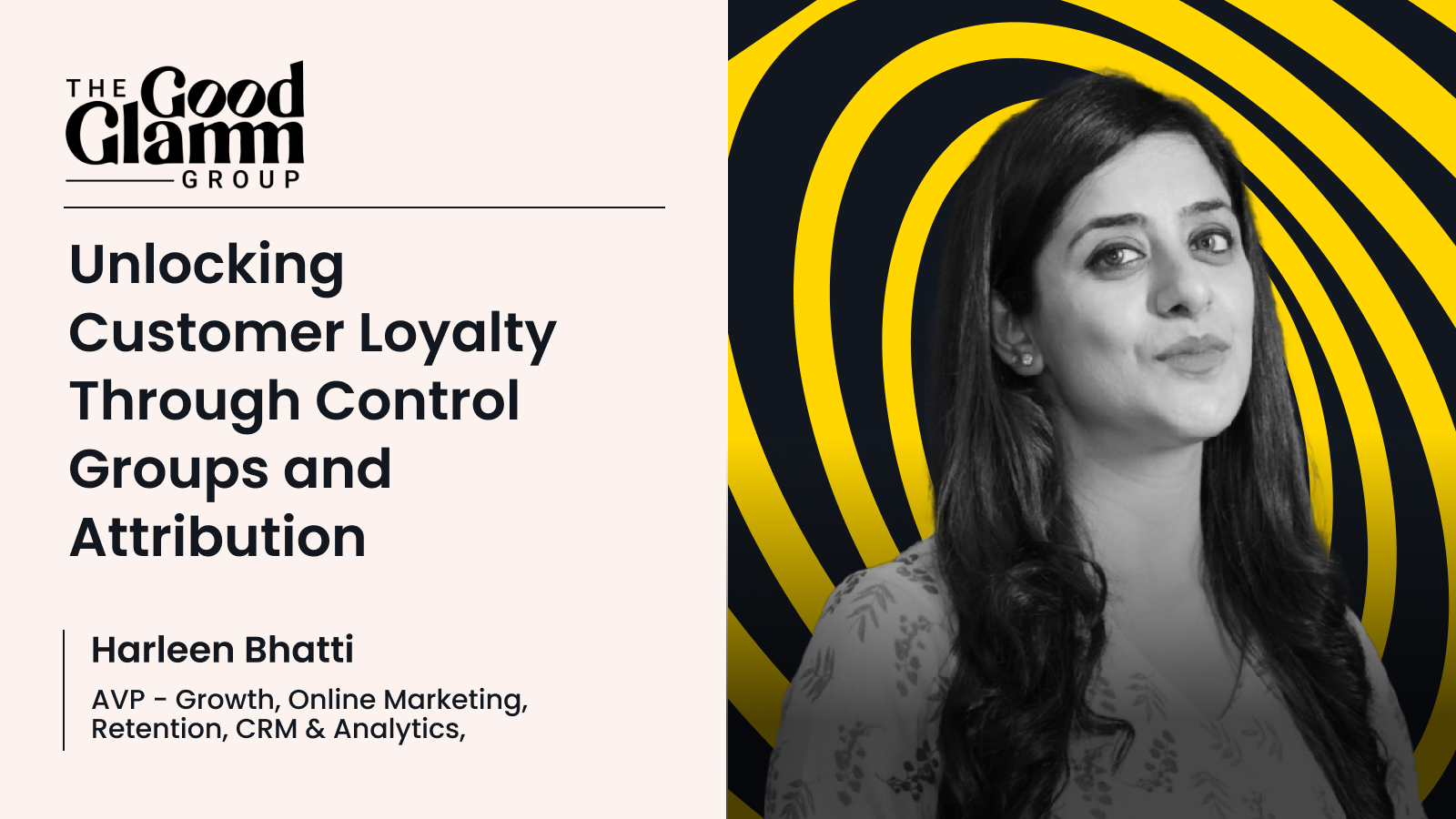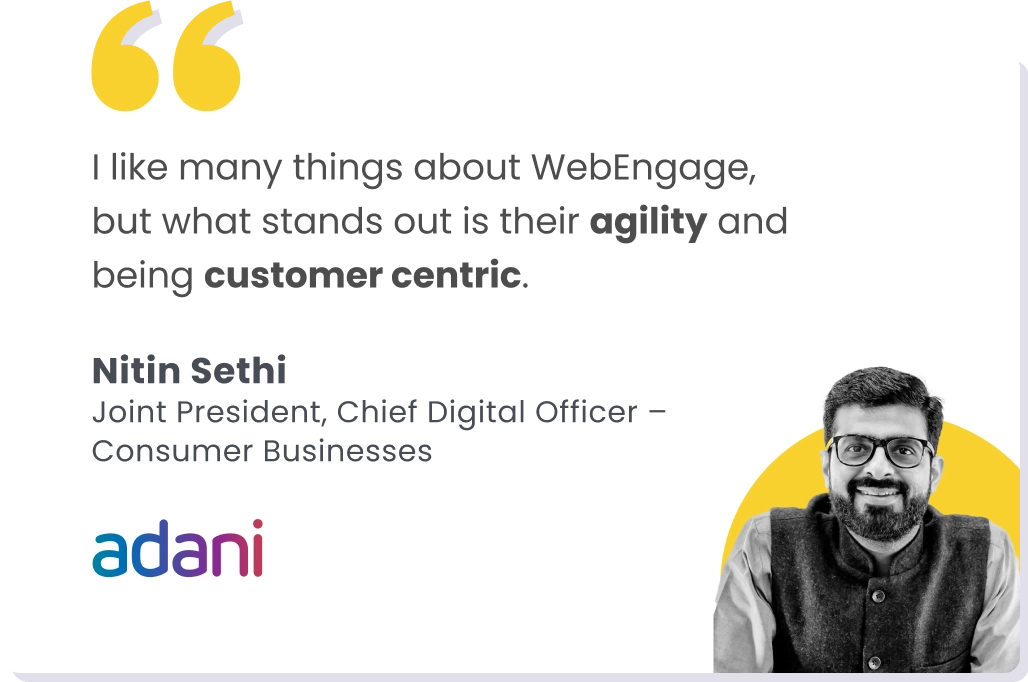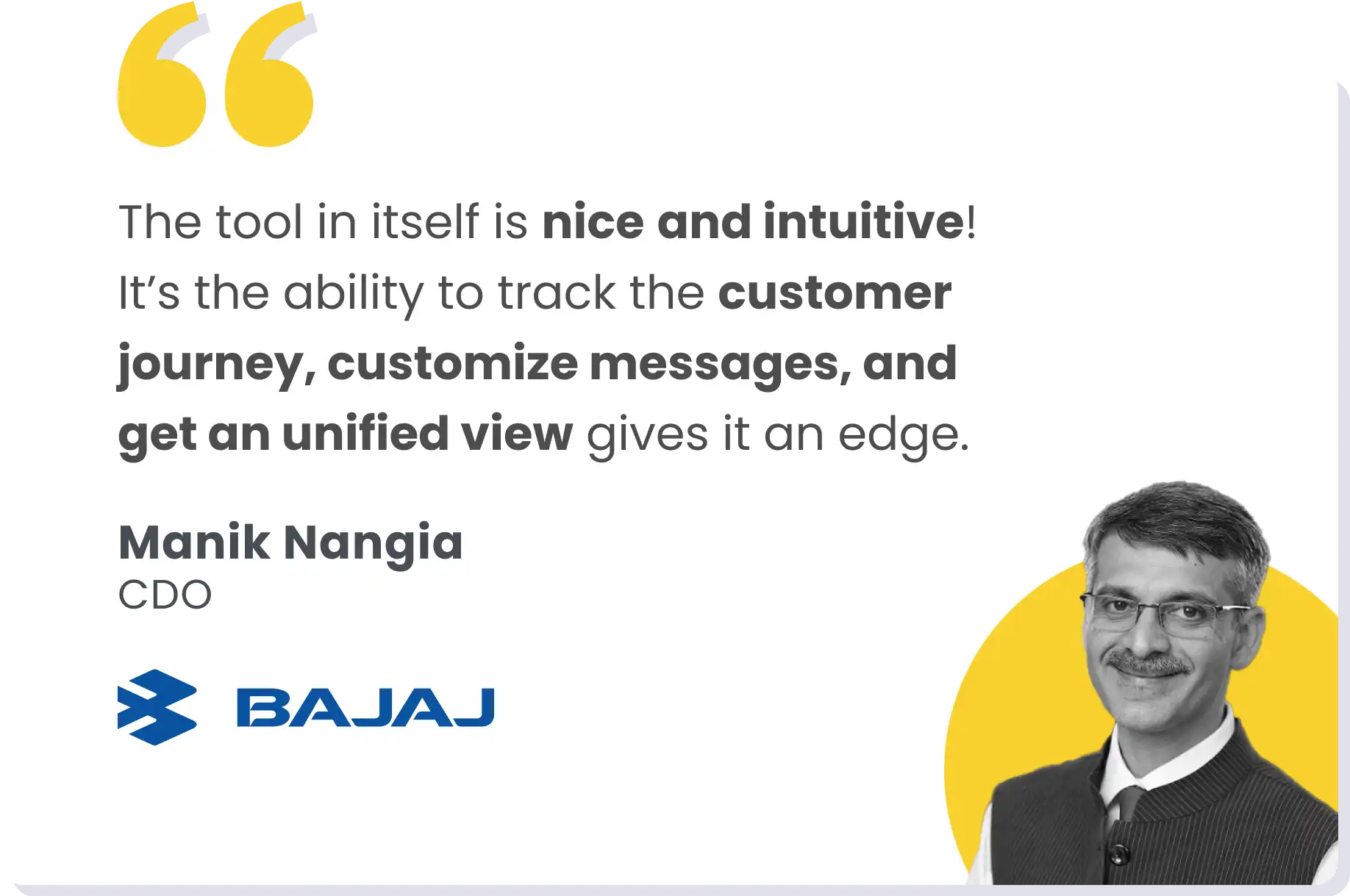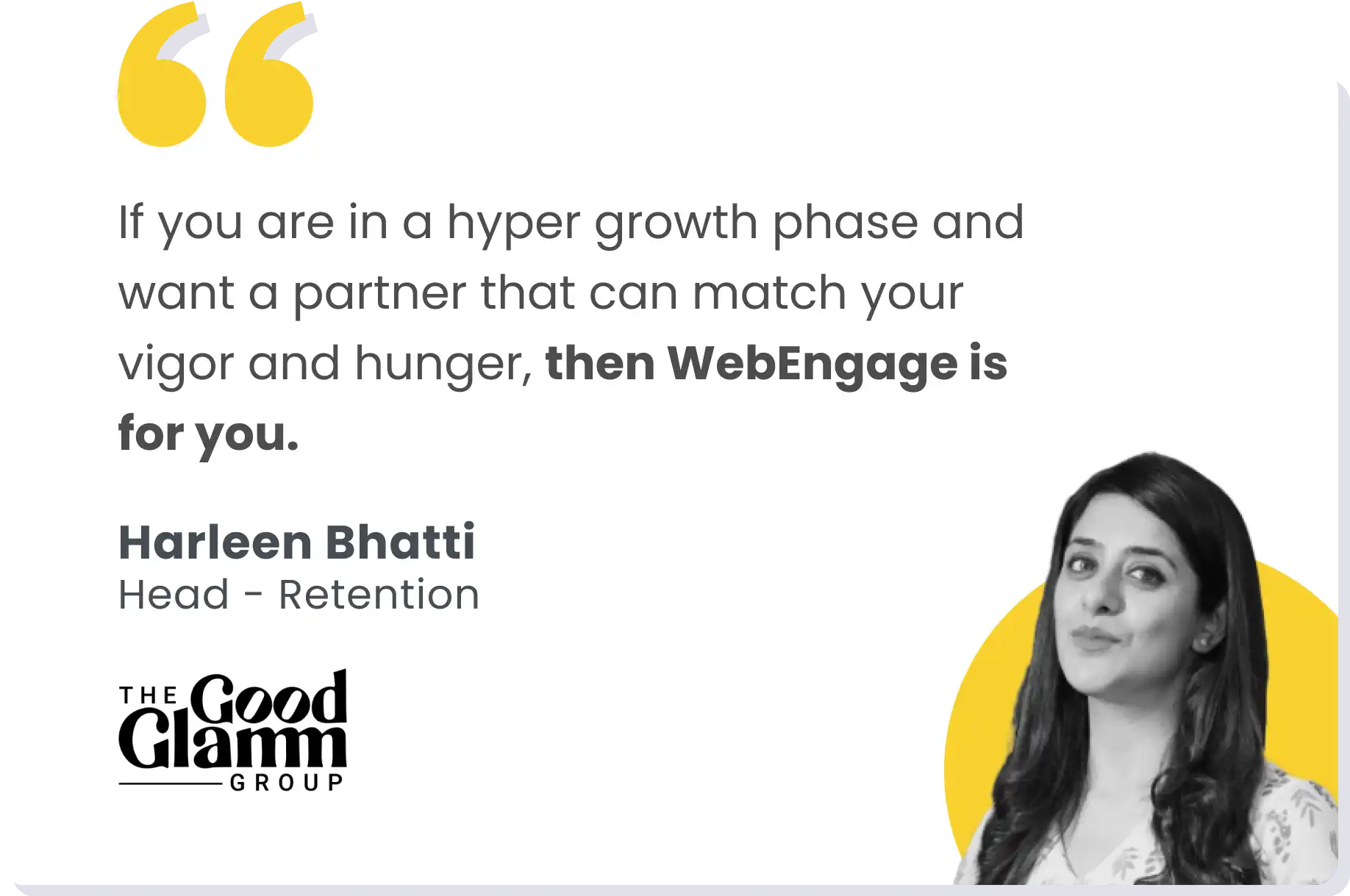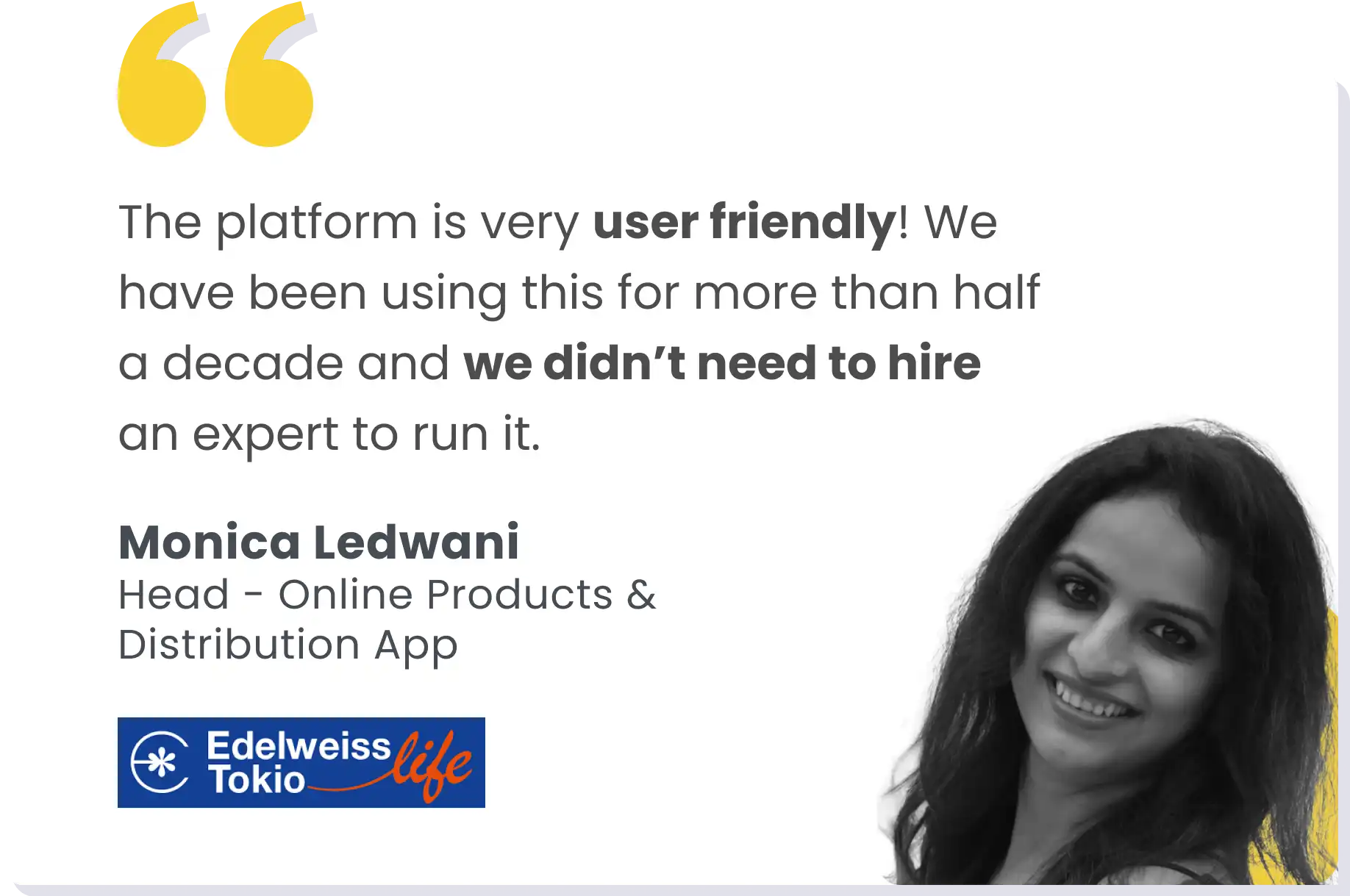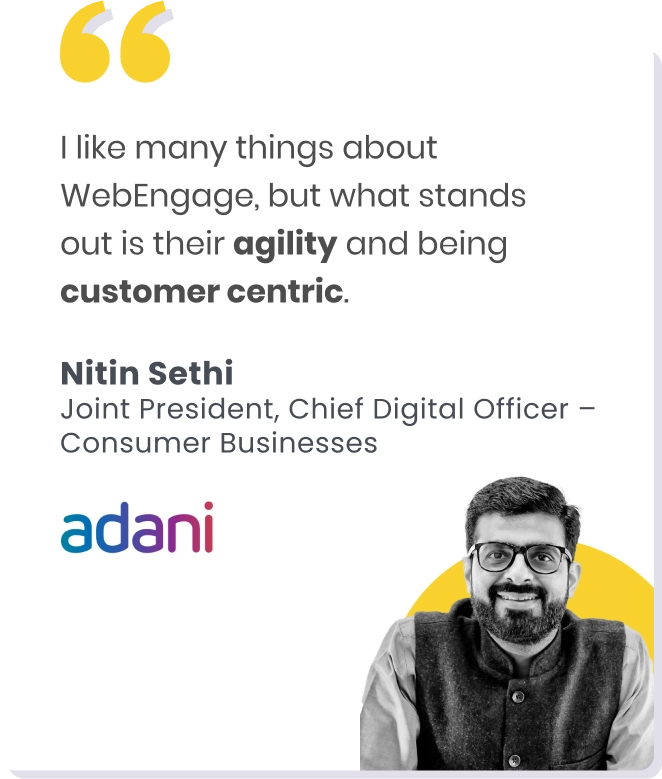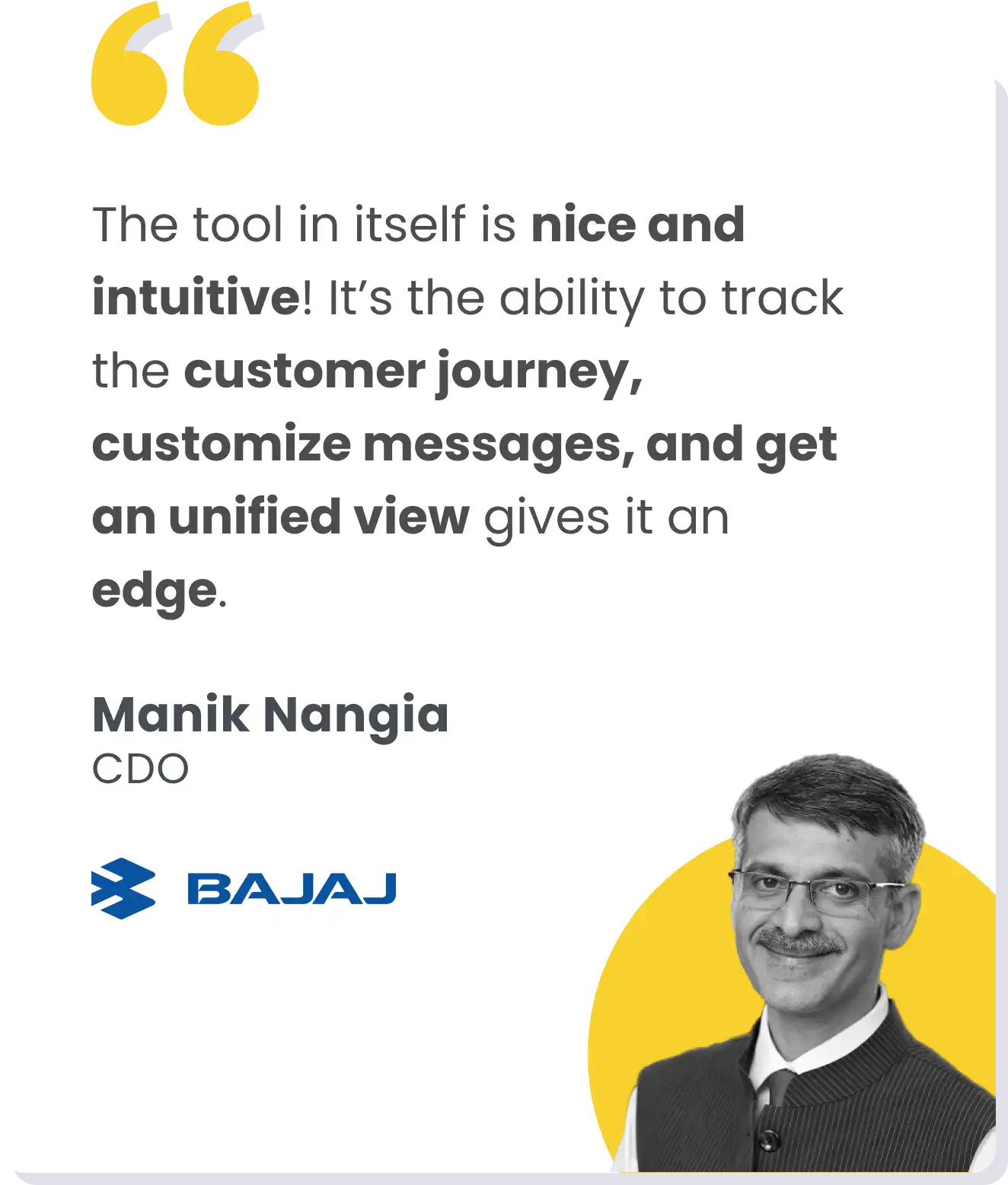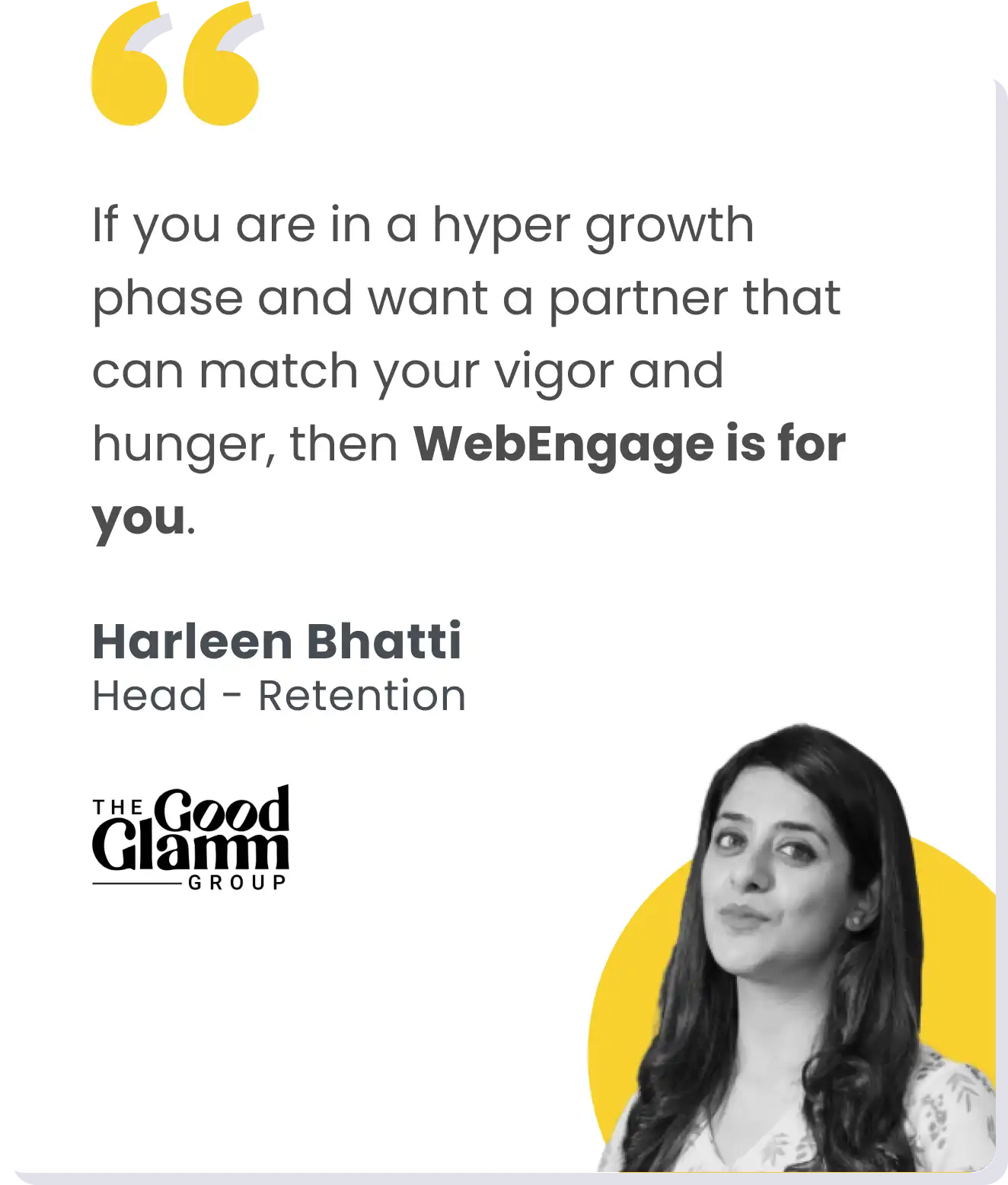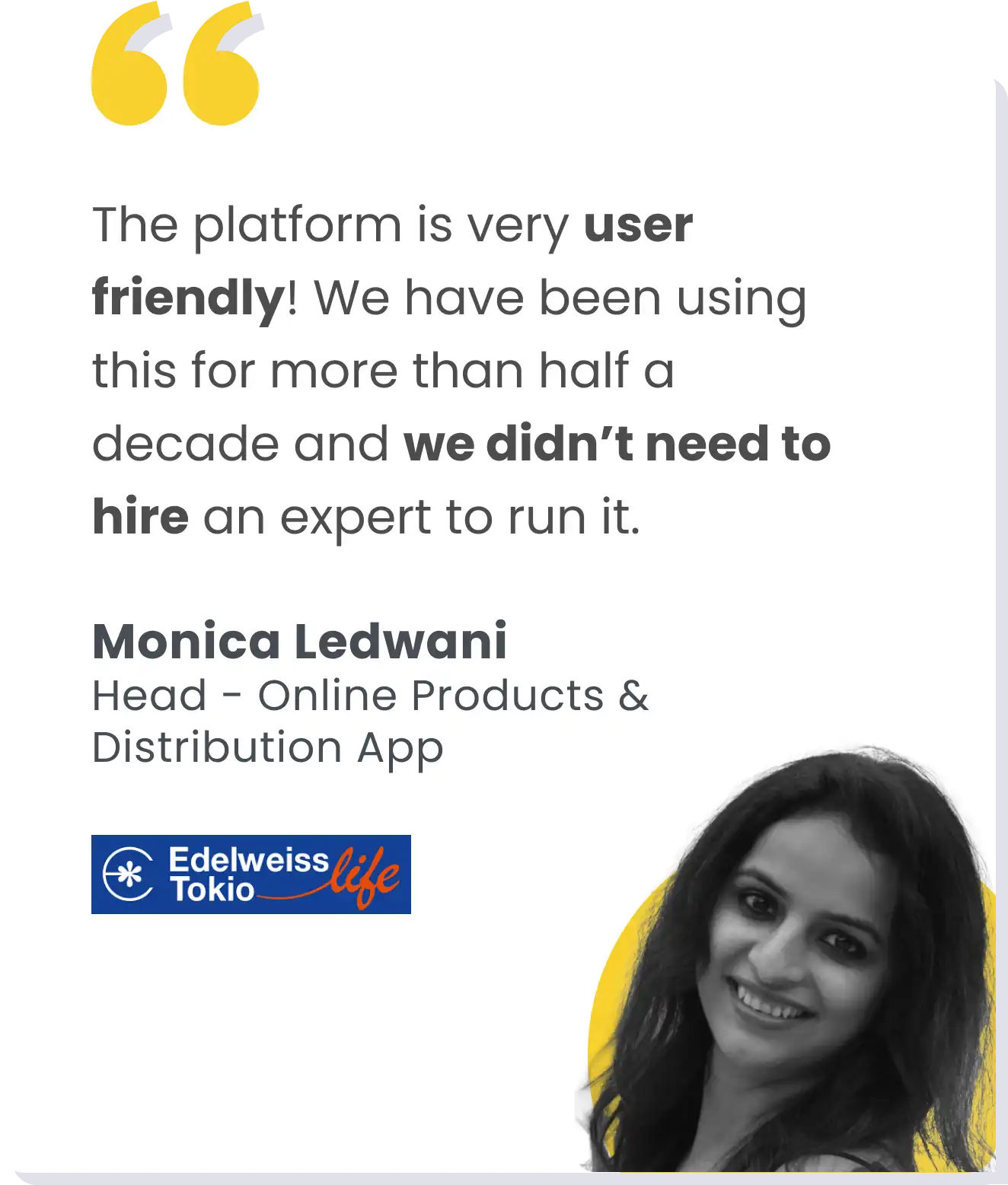With high CAC, diminishing ad budgets, and increasing competition, subscription services have emerged as an attractive product strategy for brands to thrive.
Time Prime deep-dived, experimented, and managed to carve out a niche by attracting new subscribers and keeping them continually hooked.
How did they do it?
In this episode of the State of Retention podcast, Gyan Pratap Singh, the growth leader at Times Prime, shares the secrets behind their enviable renewal rates and growth strategies.
Here are some of his key insights from the interview, which you, too, can use to build a roadmap for your brand to optimize your retention strategy.
A Story of Adaptation and Growth
My journey from an IT aspirant to a growth marketer at Times Prime has been an intriguing journey that has taught me the advantage of dabbling in different roles.
Working in digital marketing and management at companies like Yellow Pages India, Paytm, and Indigo gave me a rich understanding of customer experience, UI/UX, and product management.
This paid off when I joined Time Prime, where I drove growth by leveraging the multiple skills I learned along the way, as well as my ability to adapt quickly to business needs.
The Acquisition Puzzle: Scaling Beyond Google and Facebook
One of the initial challenges I faced at Times Prime was with performance marketing.
When I joined Times Prime, I saw some historical data. We noticed a defined martech stack, as we used to work with different channels.
However, we soon realized that the budget for performance marketing channels like Google and Facebook was limited.
We used to aim for profitability from day one, so we had to carefully evaluate each channel’s effectiveness from its ROI without facing any scaling bottlenecks.
I decided to take a data-driven approach. I looked at the channels’ performance and found that while Facebook was effective in mid and upper-funnel activities, Google captured the bottom-funnel users.
We then increased the budget on Facebook, and the numbers started doing magic.
This shift led to a 70% growth in a single month!
Affiliate Adventures: Exploring ROI in the Marketing Curve
After recognizing the risks of relying only on Google and Facebook, I considered bringing in third-party channels to diversify Times Prime’s acquisition strategy.
I’ve noticed that Affiliate marketing has become a highly abused category in marketing, and its challenges make it unreliable for long-term sustainability.
To tackle this, my team & I began to focus more on third-party channels.
I started figuring out the websites and apps, who are transacting users, and who are open to business collaboration in terms of ads and all.
One of the main successes in such experiments with third-party channels was BookMyShow.
I thought that since we have OTT content and BookMyShow has movies, maybe I could place one of my banners on BookMyShow with a certain deal (they were open to a CPM partnership).
This collab, while not entirely successful for BookMyShow, was helpful for Times Prime and taught me the complexity and risk involved in such partnerships.
And so continued the experiments to balance costs and ROI.
The next experiment was testing different costing models.
With some, we worked with CPM wherever possible, but at the back end, we checked how exactly the blended ROI and CAC were working.
This strategy also included finding high-value partners that could drive significant growth.
PhonePe was open with a cost-per-voucher redemption. Google Pay also has this reward, but it uses a different costing model.
As a result, Times Prime started to tap into new users, which led to solid growth.
We made 5x of June in October for new subscriptions sold via these alternate channels!
Beyond the Buffet: Crafting Long-Tail Deals for Lasting Subscriber Value
To increase retention, I can’t stress the importance of securing long-term deals with key offerings so that users still see the value and attractiveness of the subscription bundle over time.
Whatever you are putting in the bundle, don’t put it for 3 months, 6 months, or a year. If you’re putting something, put it for three to five years.
We also decided to strategically select products with higher redemption rates and invest more effort and team resources into refining them.
I emphasized to the management team that these key offerings must have long-term deals. Without these, we risk losing subscribers who joined for benefits like YouTube Premium. If they renew and find that missing, they’ll be disappointed.
Ensuring that key offerings remain part of the bundle helps maintain the value proposition and encourages subscribers to renew their memberships.
From Hotstar to Fine Dining: Times Prime’s Journey into Premium Experiences
When it comes to how Times Prime eventually evolved from OTT to more premium experiences, I realized that we must have a lifestyle, shopping, and food category.
This meant that Times Prime could appeal to different interests and needs, widening the pool of subscription users.
The key here would be creating high-value experiences so users actively want to re-subscribe.
Here’s an example: we trademarked Purple Carpet, an event with wine tasting, gin tasting, coffee tasting, and cake making, with premium brands like Oberoi, Hilton, and Indian Accent.
Additionally, we also considered including exclusive deals and offers like EatClub, Eatsure, Swiggy, Pizza Hut, McDonald’s, and more so that users find value and an incentive to renew their membership.
Navigating Renewals: The Two-Pronged Approach of B2B and B2C Acquisitions
Times Prime has a dual acquisition strategy. The B2B channel focuses on finding partnerships with banks and other brands that purchase bulk subscriptions to offer as part of their customer loyalty programs.
For example, what about a customer who got Times Prime with a Visa offer? He used that Visa offer for a year.
Such collaborations helped Times Prime acquire new users while building stronger relationships with corporate clients.
On the other hand, our B2C channel focused on direct-to-consumer sales through multiple online marketing campaigns.
I also discovered something unique: some users who have acquired through B2B switched to B2C after their subscription period!
As a result, we could maintain a steady renewal rate of 60-65% even if some customers no longer received subscriptions through their corporate benefits.
B2C might have a lower renewal rate compared to B2B. But when we club both of them, this is the average value.
Lastly, I found that third-party channels show better renewal rates than Facebook and Google. I also noticed the importance of leveraging seasonal campaigns.
From D0 to D60: The Journey of Subscriber Renewals in Times Prime
We have three approaches to renewal. One is at the time of expiry and pre-renewal.
Pre-expiry renewals help maintain a consistent renewal rate. We have a three-month advance renewal process. You can buy and park.
By allowing subscribers to renew up to 3 months in advance, a significant portion of our users (around 40%) take advantage of it.
However, the first week following the expiration date is crucial, as Times Prime runs targeted campaigns that leverage urgency to nudge users to renew their membership.
The second-biggest pool is after D30 to D60, during which the promotional campaigns are more aggressive and include special offers and incentives.
It is pretty visible that the user who has not renewed in 3 months of their expiry, the chances of them doing so are very low.
How Times Prime Keeps Subscribers Coming Back for More
So, how does Times Prime encourage and nudge users?
We noticed a different redemption number when we introduced YouTube to our bundle. In the open market, you usually see a one-month/ two-month YouTube trial, but we have two plus two.
That deal attracted a lot of customers, and we learned that Hotstar and other products in the bundle can drive acquisition and better retention throughout the year.
We regularly remind subscribers of the benefits and savings they enjoy throughout the year and nudge users to remain engaged with the app.
For example, users can see how much money they have saved in our app.
By visually showing subscribers the value they have gained by subscribing, Times Prime sees higher retention.
Wrapping Up
Gyan Pratap Singh’s insights is a masterclass on retention strategy with tips on how Times Prime balances acquisition and renewal while consistently creating value and maintaining an engaged subscriber base.
If you want to improve or build your brand’s retention strategies or simply want to dig deep into subscription-based growth, check out Gyan’s full interview on the State of Retention podcast here.
Looking for more such valuable interviews with the industry’s best? Head to our collection here!





